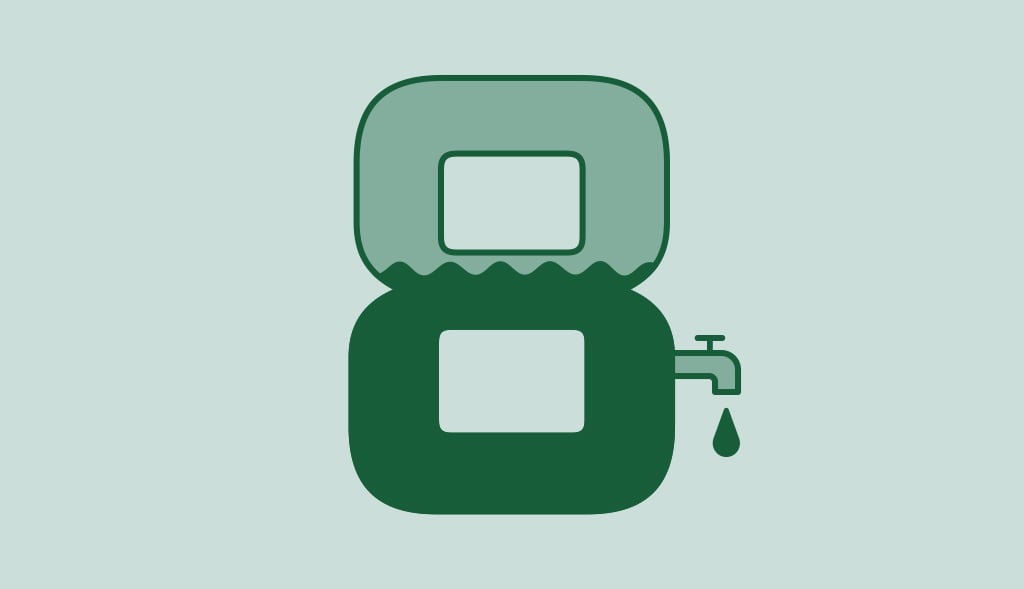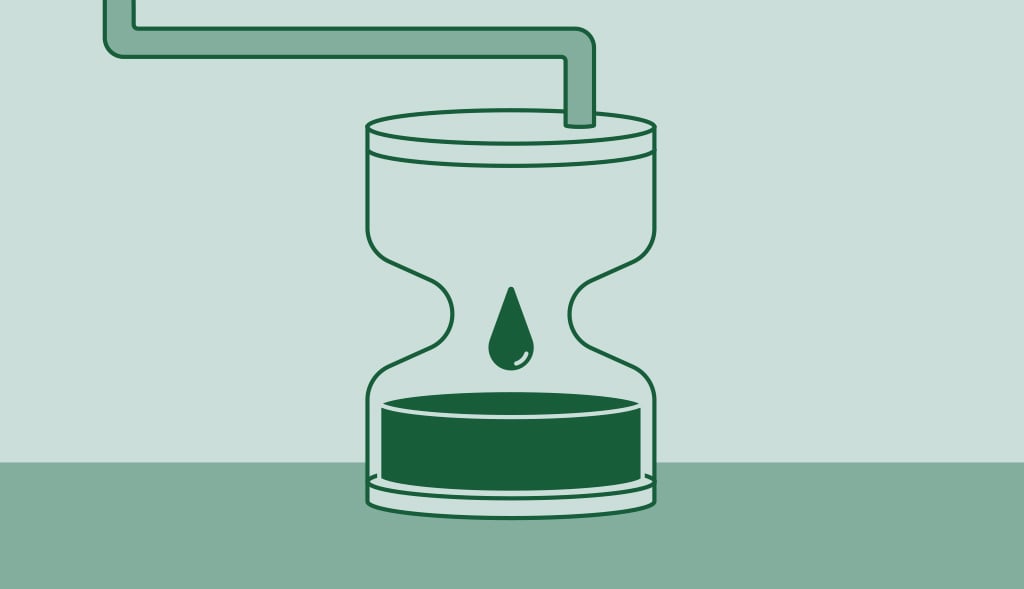How to Clean a Water Heater: A Comprehensive Guide
A well-functioning water heater is crucial for comfortable living. Over time, minerals, sediment, and other debris can build up in your hot water tank, impacting its efficiency and lifespan. Cleaning your water heater regularly can prevent these issues and help your device operate at its peak. This guide will take you through the process of cleaning your hot water heater, ensuring you have a steady and efficient hot water supply.
Preparing for the Cleaning Process
Before starting, you need to ensure safety and prepare your hot water heater for cleaning.
Turn off the Water and Power Supply
Safety is paramount when dealing with water heaters. Depending on the type of heater you have, ensure that the gas or electricity is turned off. For an electric water heater, you can do this by switching off the circuit breaker. Next, turn off the water by closing the water supply valve.
Connect a Garden Hose to the Drain
The next step is to attach a garden hose to the drain valve located near the bottom of the tank. Make sure the other end of the hose is in a suitable drainage area, like a driveway or a garden. This is where the dirty water will exit when you start cleaning your water heater.
Draining and Cleaning the Tank
Once you’ve turned off the power and connected your garden hose, you can proceed with draining the tank and cleaning your water heater.
Open the Hot Water Faucet
Opening a hot water faucet in your home will help prevent a vacuum from forming in the lines while you drain the water heater. It will also allow the water to drain out faster.
Open the Drain Valve
After you open the hot water faucet, proceed by opening the drain valve. This action will start draining the water from your heater. Wait until the water runs out completely. You might notice the water is cloudy at first, but it should clear up as the tank empties.
Clean with Vinegar
Once you’ve drained your water heater, it’s time to clean it. A simple yet effective cleaning solution is vinegar, which can break down mineral deposits.
- Close the bottom of the tank, fill the hot water heater with vinegar, about a quarter of it using the cold water supply, and let it sit for several hours.
- Then, reopen the drain valve and let the vinegar drain out through your garden hose. Be sure to dispose of the vinegar safely.
- Just as with vinegar, you can disinfect with ordinary unscented liquid bleach, commonly sold in grocery stores which is an effective disinfectant for this type of bacteria. As a first step, drain and flush away accumulated sand, sludge, or loose scale from the tank.
If draining water contains sediment the entire time that the tank is being drained, it may be necessary to fill and drain the tank again.
Flush the Heater
After cleaning the tank, it’s time to flush it. Close the drain valve, open the water supply valve, and let the water flow into the tank.
After a few minutes, quickly open the drain valve for a moment, then close it again. This process flushes out any remaining sediment. Repeat the flushing process until the water runs clear.
Disconnect the Garden Hose and Restore Power
Once you’re satisfied with the flushing, you can remove the garden hose and close the drain valve. Restore the power supply by turning on the circuit breaker and reopen the cold water supply. Your water heater is now clean and ready for use.
Replacing the Anode Rod
The anode rod is an essential component of your water heater. Its job is to attract corrosive elements, which would otherwise harm the tank. As a result, it can get worn out over time.
Anode Rod Replacement
It’s advisable to check your anode rod during the cleaning process. If it’s worn out, consider replacing it. Doing so can significantly extend the lifespan of your heater.
Upgrading to a Corro-Protec Powered Anode Rod
Replacing a standard anode rod with a Corro-Protec powered anode rod can further extend the lifespan of your water heater and reduce the frequency of cleaning.
Unlike traditional rods, Corro-Protec rods are powered, meaning they don’t degrade over time. By continuously releasing a small current, they protect your tank from corrosion more effectively than traditional rods.
In addition, they help prevent issues like rotten egg smell, which can occur due to the reaction between sulfates in the water and a degrading anode rod.
Conclusion
Regular cleaning and maintenance are vital to ensure the longevity and efficiency of your hot water heater. By following these steps, you can avoid the inconvenience and cost of a faulty water heater.
A Corro-Protec powered anode rod can be a worthwhile investment in this respect, helping you maximize the lifespan of your heater and maintain a steady and efficient hot water supply.
DISCLAIMER: The information provided is for general DIY guidance on water heater maintenance and does not replace professional advice or service. Risks include electric shocks, burns, and property damage. Prioritize safety, follow manufacturer’s guidelines, and consult with professionals if unsure. Comply with local laws and obtain necessary permits. Use this information at your own risk; the provider assumes no liability for any injuries or damages. If in doubt, hire a professional.
Blog
How to Drain a Water Heater – 8 Easy Steps DIY Guide
Water heaters come with a sizeable insulated tank to ensure constant water availability. However, although these appliances are supposed to heat the water and keep […]
How Long Do Water Heaters Last? Much Shorter Than it Could!
How long do water heaters last is a very complex and difficult question to answer. We live in a society that increasingly understands the environmental […]

